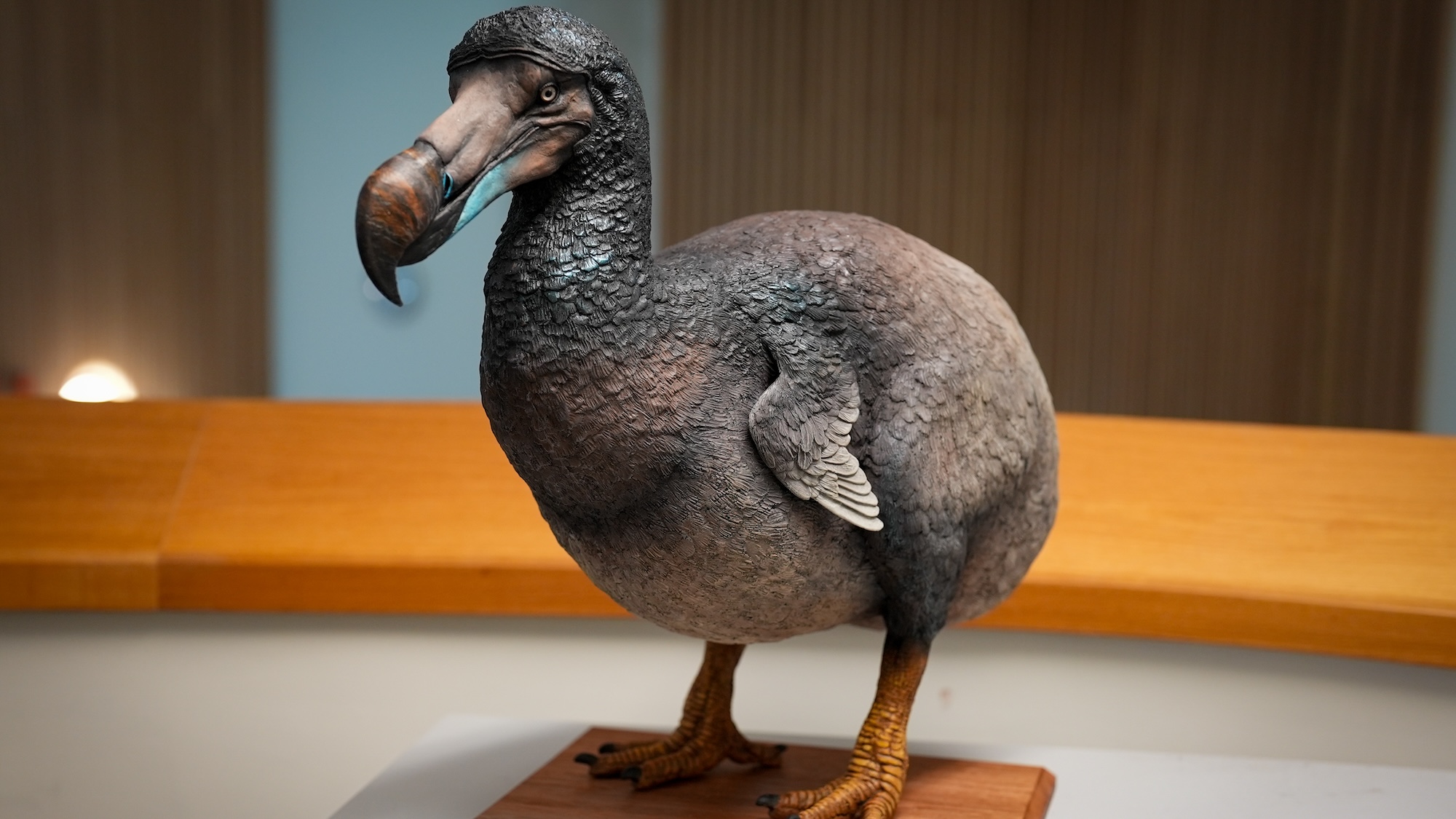The dodo is one of the most iconic—and misunderstood—extinct animals. Four hundred years after its extinction, the popular narrative remains that the flightless bird was simply too dumb, slow, and ungainly to withstand modern society’s arrival to its native island of Mauritius. But researchers are seeking justice for the unfairly maligned dodo and its extinct relative, the solitaire, by synthesizing centuries of scientific literature, historical accounts, and biological information into a single work providing clarification and revised taxonomic records.
In a study published in the August 2024 issue of Zoological Journal of the Linnean Society, a team collaborating between the University of Southampton, Oxford University, and the Natural History Museum attempted to correct the record for Raphus cucullatus. According to an accompanying August 16 announcement, the paper represents “the most comprehensive review of the taxonomy of the Dodo and its closest relative, the Rodriguez Island Solitaire.” Neil Gostling, the study’s supervising author and University of Southampton professor of evolution and paleobiology, argues that most people’s idea of the dodo isn’t simply inaccurate—it ignores the larger issues behind its extinction.
“If you picture the dodo, you picture… this dumpy, slightly stupid bird that kind of deserved to go extinct. That’s not the case,” Gostling says in a university video profile. “It was neither fat nor stupid, it was adapted to the ecosystem in the isle of Mauritius that it had been living in for millions of years.”
What the dodo and its sister species, the Rodrigues solitaire, were not adapted for, however, was the violent, colonizing force of modern society. Dutch sailors first encountered the dodo in 1598 after arriving on the island, located roughly 705 miles east of Madagascar in the Indian Ocean. Having evolved without any significant predators, the birds had no instinctual wariness of humans, making them easy prey for both hungry ship crews and international trade. In less than a century, the dodo was wiped out—but not due to their popularity on menus or in zoos.
The dodo’s main enemies weren’t humans themselves, but everything they brought with them while establishing a provisioning port for the Dutch East India Company on Mauritius. Livestock such as pigs trampled the ground birds’ nests, while rats devoured their eggs and small chicks. Meanwhile, dogs, cats, and other invasive animals preyed on the birds themselves while also competing for the island’s limited food sources. By 1662, the dodo was done. Barely a century later, the Rodrigues solitaire followed it into extinction. And with just 64 years of human documentation of the former, it didn’t take long before bird fact blended with bird fiction.

“The dodo was the first living thing that was recorded as being present and then disappeared,” Gostling said, adding that before their extinction, “it hadn’t been thought possible” that human beings could exert so much influence on the environment.
By the early 19th century, some circles even considered both the dodo and the solitaire “mythological beasts,” added Mark Young, a University of Southampton professor specializing in human transport and paper lead author. During the 1800’s, however, Victorian scientists finally proved both bird species did once exist. But over time, the dodo’s image transitioned largely from an emblem of humanity’s often disastrous environmental impact, to an inaccurate, misunderstood example of “survival of the fittest.”
[Related: Dodos were actually not that dumb.]
Meanwhile, more than 400 years of subsequent taxonomic confusion led experts to debate just how many dodo and solitaire species originally existed—some biologists argued in favor of three separate variations, while others contended as many as five once roamed the region. These possibilities included the Nazarene Dodo, the White Dodo, and the White Solitaire, among others.
But after a painstaking review of four centuries’ worth of scientific writings and physical remains—including the only surviving dodo soft tissue—Gostling, Young, and their teammates believe they have some answers. Most notably, there were only ever the two species, dodo and solitaire, and they belonged to the columbid family along with pigeons and doves.
As for its “dumpy” reputation, a closer look at its anatomy indicates the dodo was far from a clumsy, slow-moving bird. Skeletal remains studied by the team show that the dodo possessed a tendon in its leg almost the same diameter as the bone itself. This feature can be found today in other avian species known for their speed and climbing agility, indicating the dodo was actually an incredibly fast and active animal.
“Even four centuries later, we have so much to learn about these remarkable birds,” Young said. “The few written accounts of live Dodos say it was a fast-moving animal that loved the forest.”
[Related: Is de-extinction only a pipette dream?]
Researchers believe that further reevaluations of the dodo and the solitaire will not only help dispel inaccurate myths, but refocus their legacies. Ultimately, their extinction isn’t the result of any evolutionary failings, but rather the effects of humans when we are at our most environmentally reckless.
“Dodos held an integral place in their ecosystems. If we understand them, we might be able to support ecosystem recovery in Mauritius, perhaps starting to undo the damage that began with the arrival of humans nearly half a millennium ago,” Gostling explained, adding that, “There are no other birds alive today like these two species of giant ground dove.”

